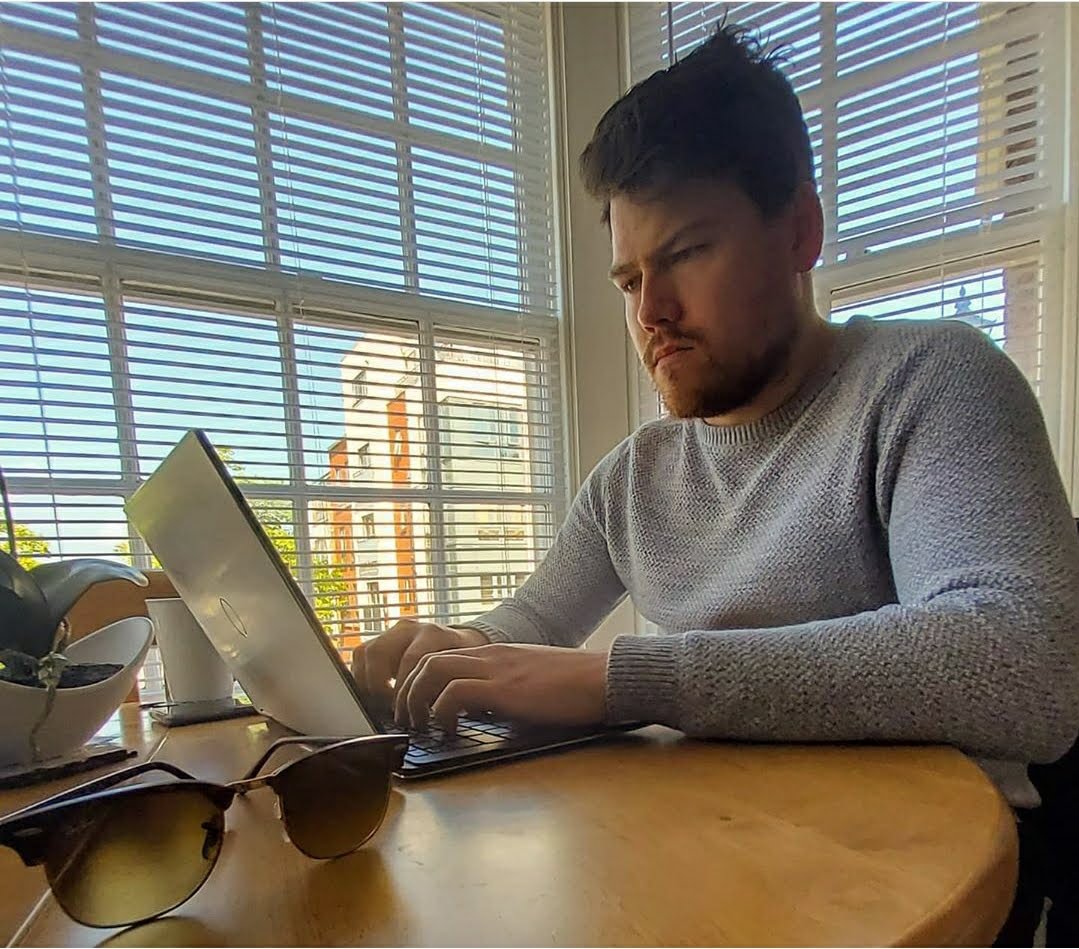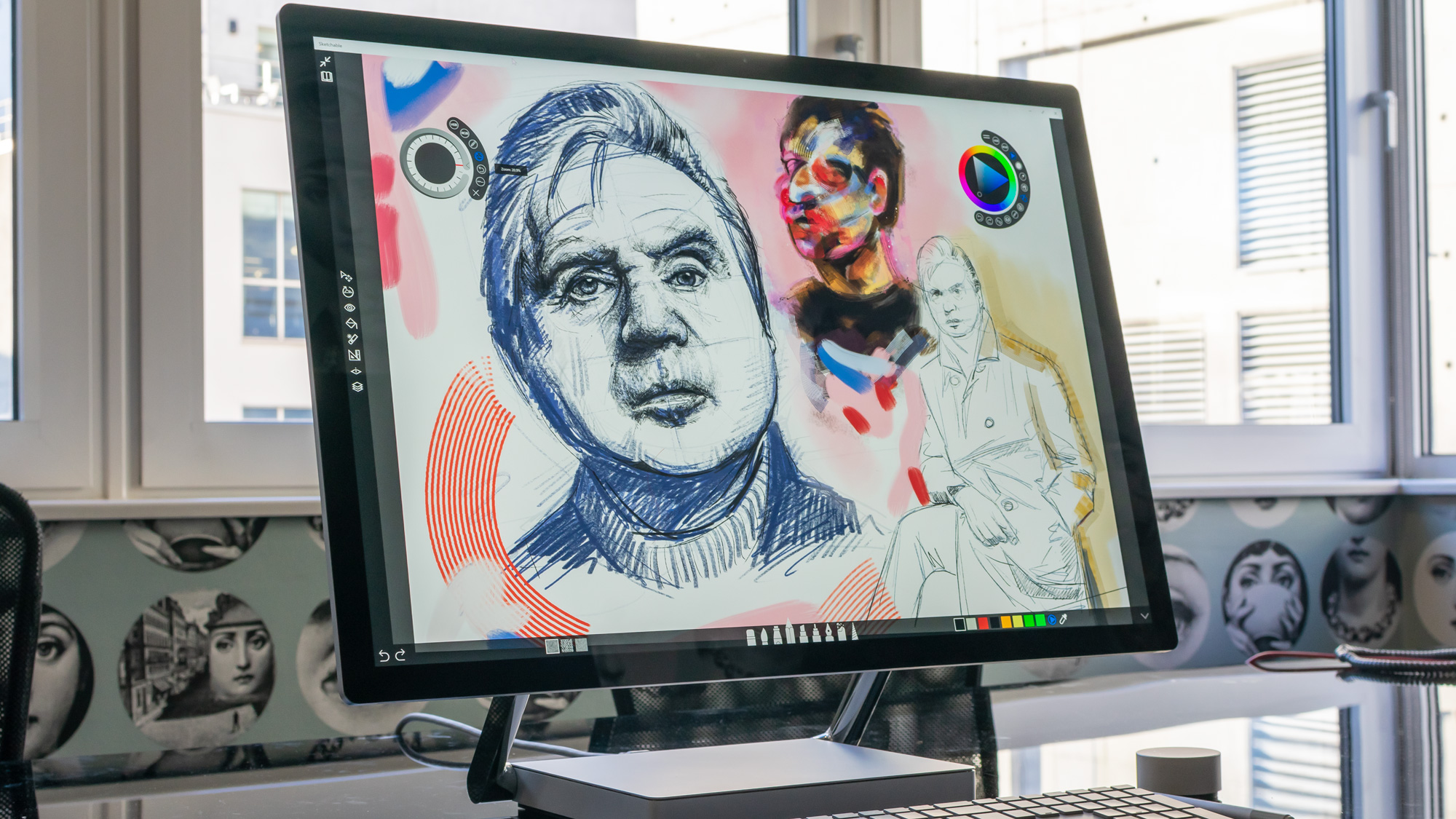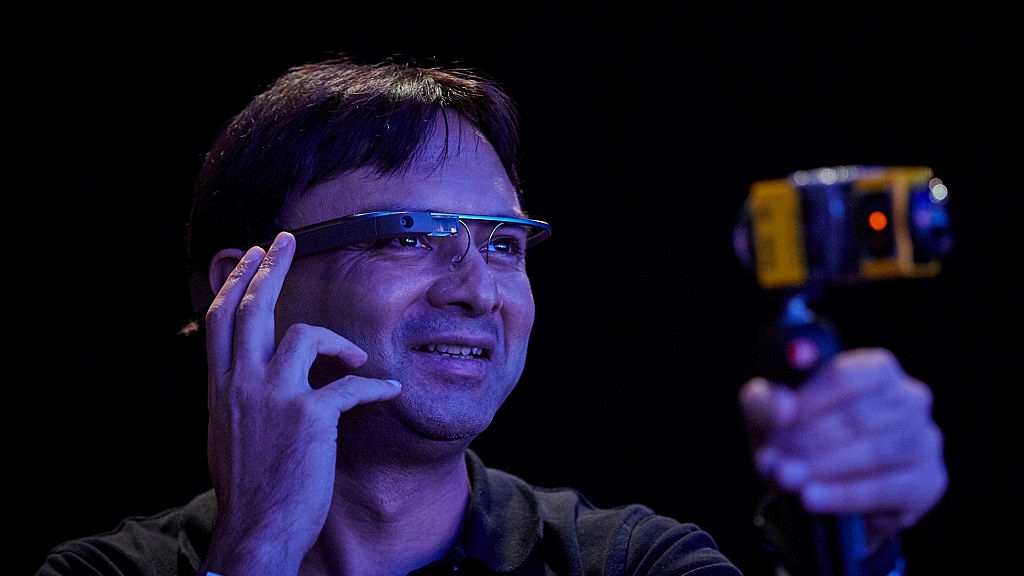Why innovation has hit a brick wall
With many modern interfaces considered the pinnacle of UX, designers and manufacturers are struggling to break the mould


Device launches aren’t what they used to be. Months of leaks and speculation around features usually preceded a captivating speech that blew all predictions out of the water and presented fresh use cases for emerging technologies.
We tend to look back with rose-tinted spectacles, but, in recent years, iPhone launches, to use a well-known example, have instead been shrouded by questions of camera glitches, 5G availability and the absence of an under-screen fingerprint reader.
Rather than taking huge leaps, products only seem to be taking incremental steps forward. This isn’t for a want of trying, though, and over the last five years, manufacturers have ushered in foldable phones, “tablets that can replace your laptop” and the Microsoft Surface Studio. This device, in particular, caught the eye with its collapsible 28in touchscreen so you can use it as a tablet without needing to fold anything.

The Microsoft Surface Studio 2, aimed at creatives, features an expansive 28in display
Despite the pace of innovation slowing, customers are still willing to adopt new products; sales of Samsung’s foldable devices grew four-fold over 2021, the manufacturer claims. Many of today’s innovations might be seen as a reach, though, and possibly won’t make an impact in the long term. This chimes with the view of applied futurist Tom Cheesewright, who tells IT Pro we’re willing to adopt new technology so long as it’s better.
“There's a good analogy here with the smart home market,” he says. “We've been able to turn lights on with handclaps, voice and smartphone apps for decades, but most people still use a light switch because it’s the best thing out there.
“I think the same thing is true with the user interface that we've settled on for now. Both in laptop and mobile devices, I haven't seen anything that allows me to manipulate a spreadsheet better or work in a computer-aided design better than a keyboard, a mouse, and a screen. Likewise, I haven't found a better interface than the touchscreen for browsing Twitter, watching videos, and until I do, or until there is a new application that I want to use that is better suited to a new form factor, the alternatives are going to be a hard sell.”
Get the ITPro daily newsletter
Sign up today and you will receive a free copy of our Future Focus 2025 report - the leading guidance on AI, cybersecurity and other IT challenges as per 700+ senior executives
What do we want, and when do we want it?
Attempting to fulfil mysterious, and shifting, consumer demands may be the reason innovation has slowed, but what could it look like in the future? When it comes to laptops and tablets, according to Nedko Ivanov, Aito CEO, weight and size count for a lot.
“People don’t want to carry a laptop, tablet and smartphone wherever they go,” he says. “This means devices need to be lighter, more flexible, smarter and more intuitive. “Adding functionality but losing size and weight is tough in the laptop market, and smartphones are difficult to type long copy, such as emails, on. Innovations that make products lighter and more versatile, therefore, are in demand from businesspeople.”
That may also explain why there is a sense of innovation lethargy in the market. Despite recent mobile developments including 8K video recording capabilities, 5G connectivity and some of the best displays the market has to offer, the way customers use these devices hasn’t changed.
Similarly, bezels are shrinking, laptops are becoming thinner and processing capabilities are always growing, but you don’t need any of these to effectively check your inbox. These features, according to Cheesewright, fall under incremental innovations that occur during every product cycle, but aren’t perhaps as aesthetically pleasing and, therefore, not noticed as much.
The ‘next big thing’ might not work in practice
As Ivanov suggests, we’ve settled on a reliable user interface (UI) for the majority of the technology we use. The typical clamshell design of a laptop, too, as well as the glass edge-to-edge smartphone panel are both highly compatible with the way our lives work.
Because both hardware and UI design has stagnated, future developments could, therefore, evolve in a radical way, both in the form of the technology and the way users interact with it. There are plenty of examples today, and throughout history, of the market producing products that mirror processes that are already possible now.
Cheesewright points to augmented reality (AR) shopping experiences currently in development and magazine-mimicking PDF viewers from the early days of the internet. These are examples of ideas that don’t take full advantage of the technology currently available nor spark the imagination of potential customers.
“AR needs developers to embrace the new world it provides,” he says. “I think people are confused by it because it replicates or overlays on physical reality, so they think that the user interface has to be a perfect facsimile for existing reality. That's just not correct.
“All you have to do is take advantage of the technology to get people thinking. If you take the work of David Eagleman, a neuroscientist who shows you can feed a blind person visual information through electrodes on their tongue, and they very quickly work out how to see through the patterns of electrical shocks on their tongue. If somebody could use that sort of thinking for AR to present useful information to someone in a rich way; without putting a pop-up advert in front of them as they walk down the street.”
Shifting goalposts
The impression within the technology market, especially when it comes to customers, is that the development of new form factors and features has stagnated, which is justified if you look at the devices that attract the most attention each year.
There’s certainly an appetite for innovation in the market, however, with the demand for foldable phones exemplifying this desire for something different, despite potentially clashing with someone’s sense of style; another obstacle for innovative new technologies. Google Glass is an example of technology people weren’t prepared to adopt due to its physical appearance, amongst other reasons, although this device, and other AR devices, have since found a niche in various industrial contexts.

The Google Glass first launched in 2014, but AR devices are yet to break into the mainstream
This may not be a rule of thumb moving forwards, Cheesewright continues, pointing out, for example, that Bluetooth headphones have moved from a fashion disaster to a staple of the high street in the last five years.
“Half the population walks around with a pair of wireless earbuds, and the other half who don’t walk around with a pair of headphones that I think would’ve been considered absurd not that long ago,” he says. “What is socially acceptable changes very quickly. As long as there’s mass acceptance of the use case and the technology, there's an awful lot of opportunity, and a lot of that is down to the interface between us and the machine. I think there are a lot of opportunities yet to be explored.”
Elliot Mulley-Goodbarne is a freelance journalist and content writer with six years of experience writing for B2B technology publications, notably Mobile News and Comms Business. He specialises in mobile, business strategy, and cloud technologies, with interests in environmental impacts, innovation, and competition. You can follow Elliot on Twitter and Instagram.
-
 Bigger salaries, more burnout: Is the CISO role in crisis?
Bigger salaries, more burnout: Is the CISO role in crisis?In-depth CISOs are more stressed than ever before – but why is this and what can be done?
By Kate O'Flaherty Published
-
 Cheap cyber crime kits can be bought on the dark web for less than $25
Cheap cyber crime kits can be bought on the dark web for less than $25News Research from NordVPN shows phishing kits are now widely available on the dark web and via messaging apps like Telegram, and are often selling for less than $25.
By Emma Woollacott Published